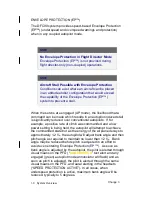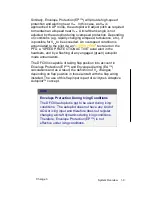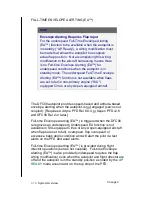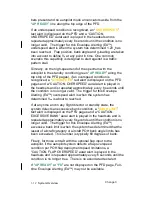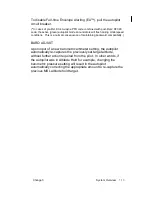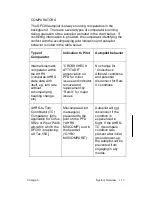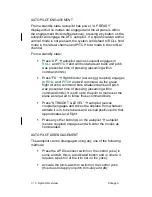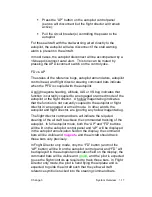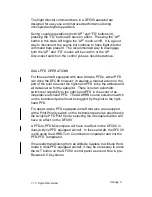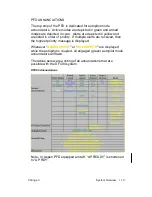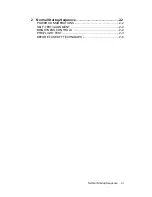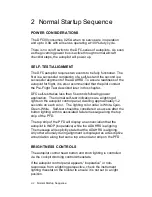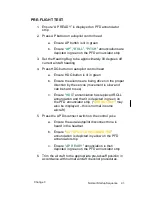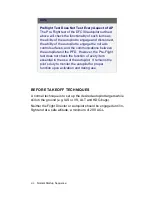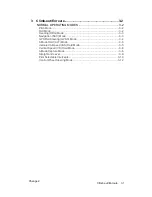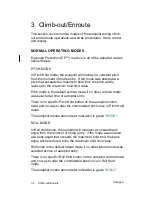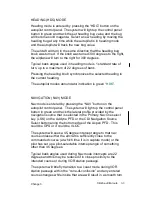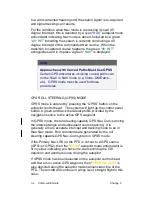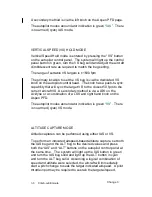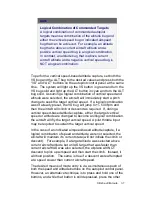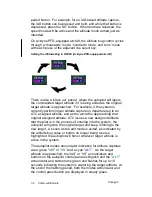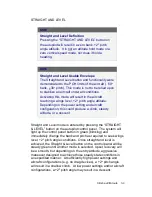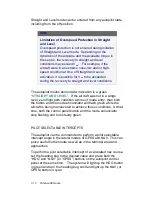
2-2
Normal Startup Sequence
2
Normal Startup Sequence
POWER CONSIDERATIONS
The DFC90 consumes 0.25A when no servos are in operation
and up to 0.9A with all servos operating at 100% duty cycle.
There is no on/off switch to the DFC-series of autopilots. As soon
as the governing power bus is active through normal aircraft
checklist steps, the autopilot will power up.
SELF-TEST/ALIGNMENT
The DFC autopilot requires two events to be fully functional. The
first is a successful completion of a self-test and the second is a
successful alignment of the ADAHRS. To assure readiness of the
autopilot for flight, it is also recommended that the pilot conduct
the Pre-Flight Test described later in this chapter.
DFC self-test takes less than 5 seconds following power
application. The normal self-test indications are a lighting of
lights on the autopilot control panel, dwelling approximately 1-2
seconds on each color. The lighting color order is White-Cyan-
Green-White. Self-test should be considered a success after the
button lighting with no associated failure message along the top
strip of the PFD.
The top strip of the PFD will display an annunciation that the
autopilot is INOP (inoperative) while the ADAHRS is aligning.
The message will explicitly state that the ADAHRS is aligning.
Any other anomaly during alignment is displayed as a descriptive
annunciation along that same top annunciator strip on the PFD.
BRIGHTNESS CONTROLS
The autopilot control head button and knob lighting is controlled
via the cockpit dimming controls/rheostats.
If the autopilot control panel appears “inoperative” or non-
responsive from a lighting perspective, check the instrument
lighting rheostat on the bolster to ensure it is not set to a night
position.

